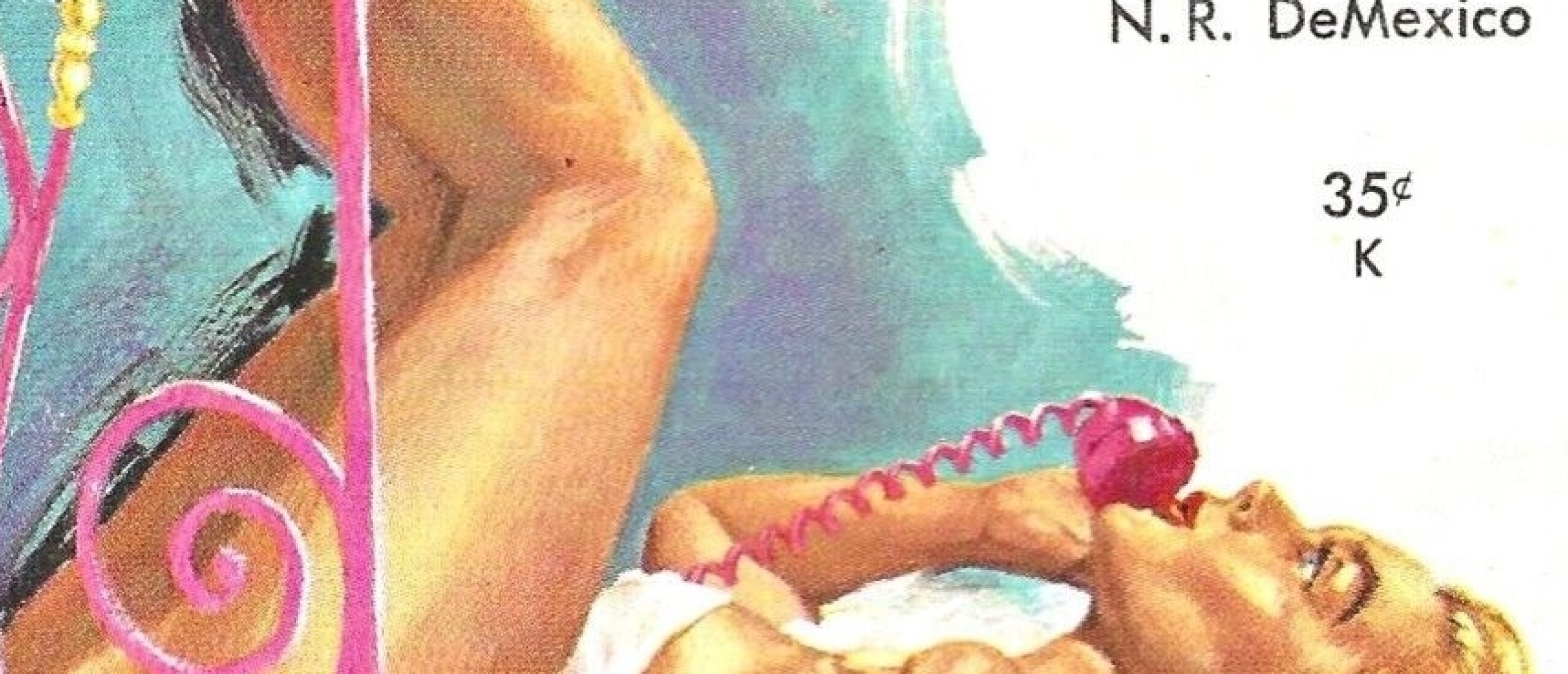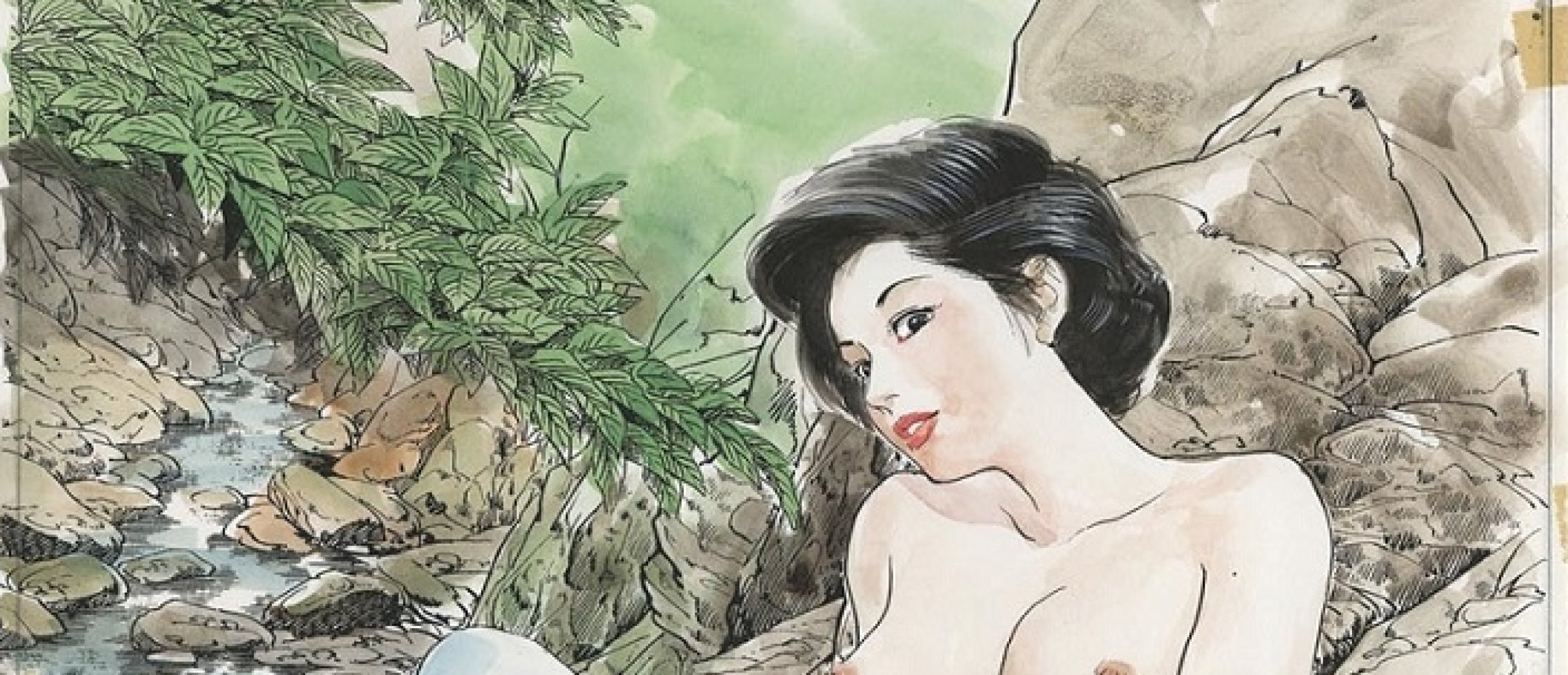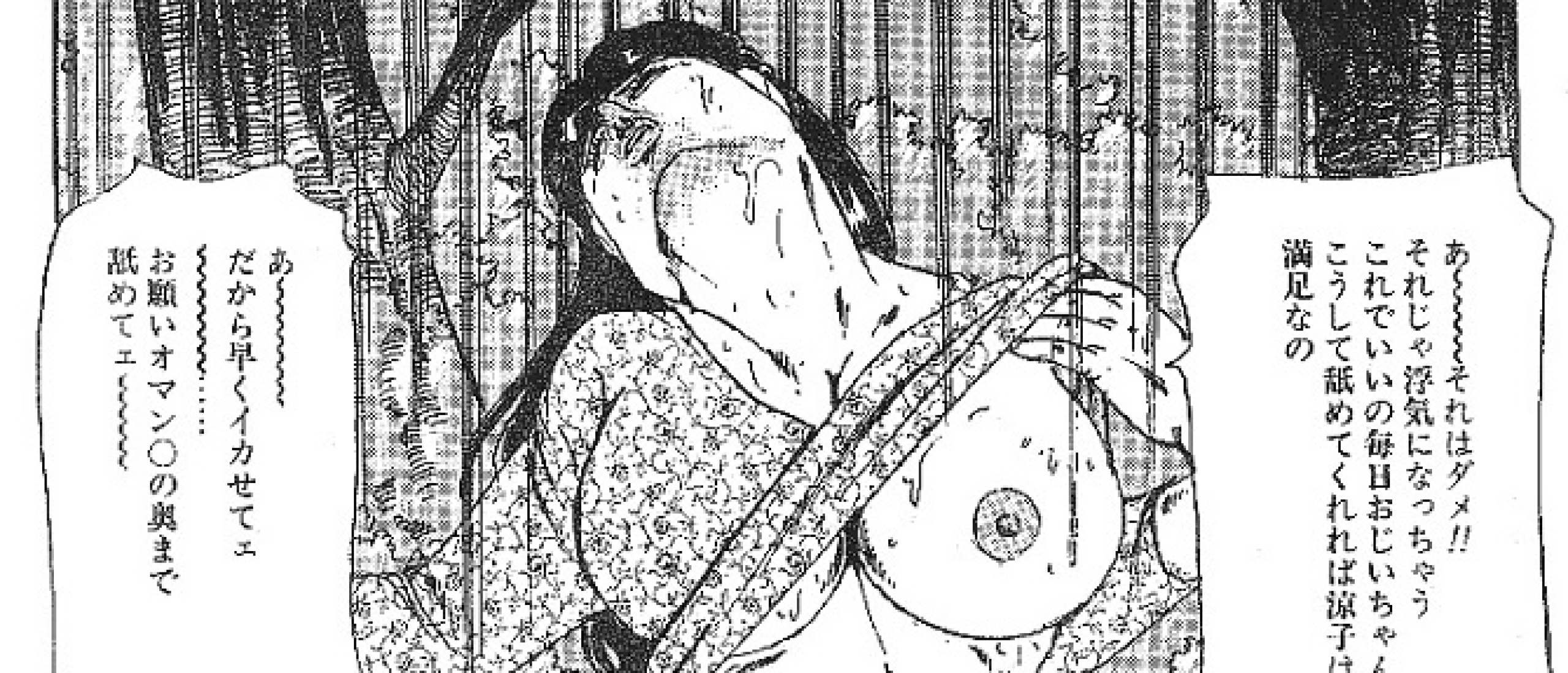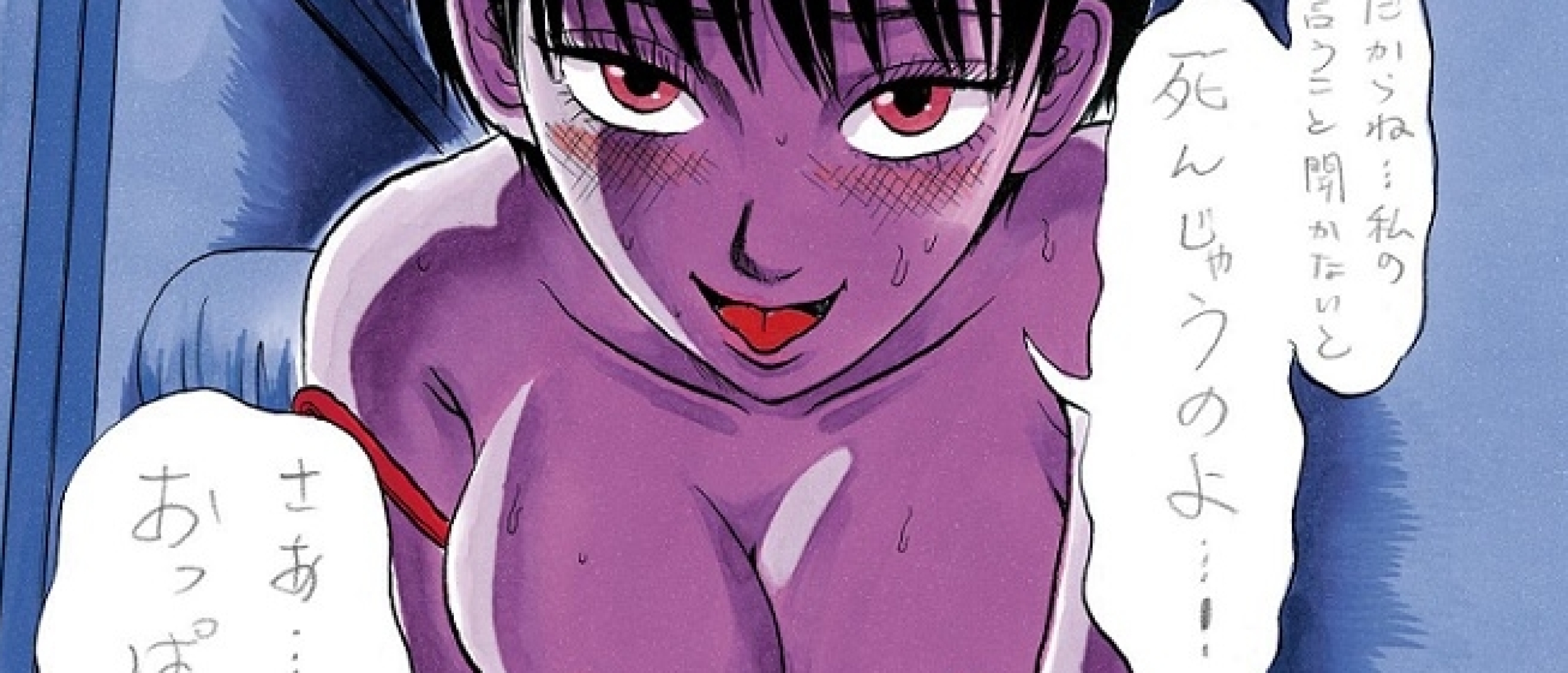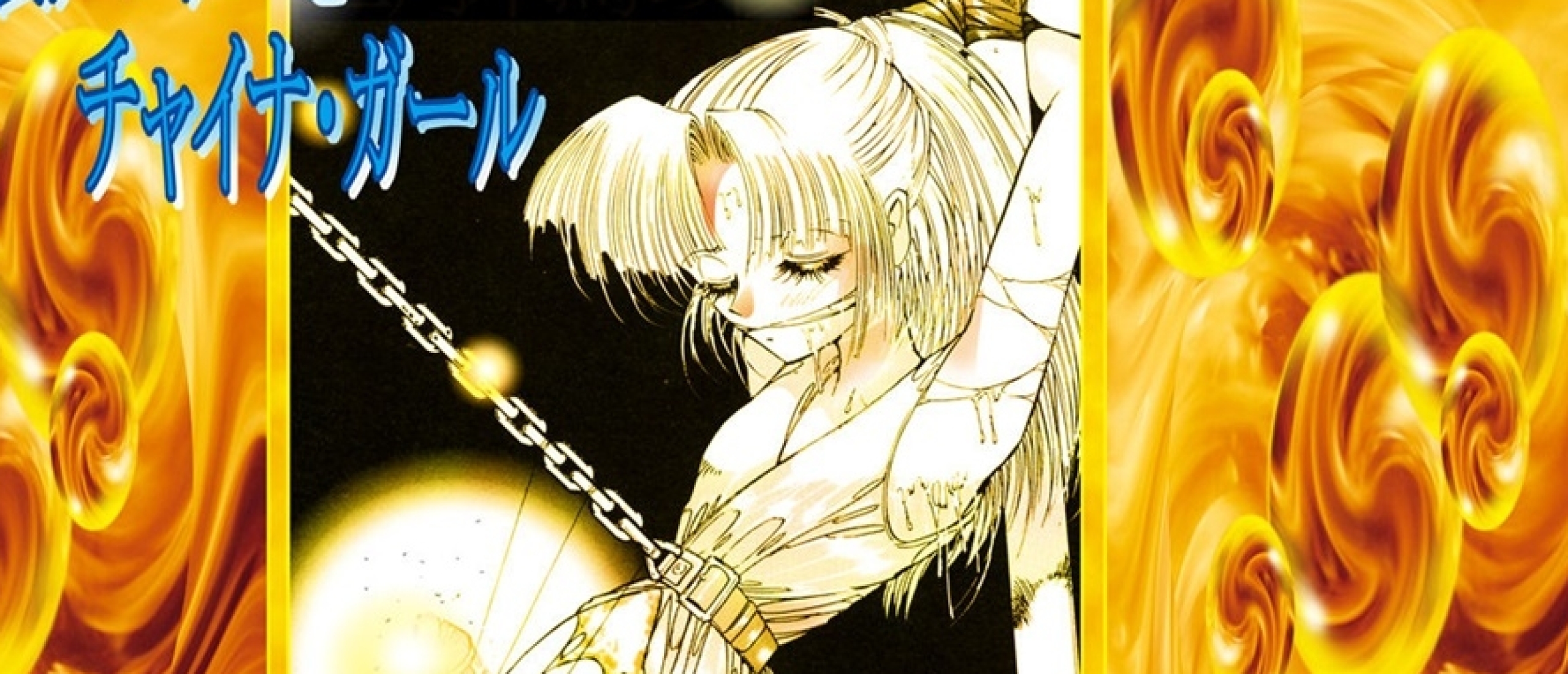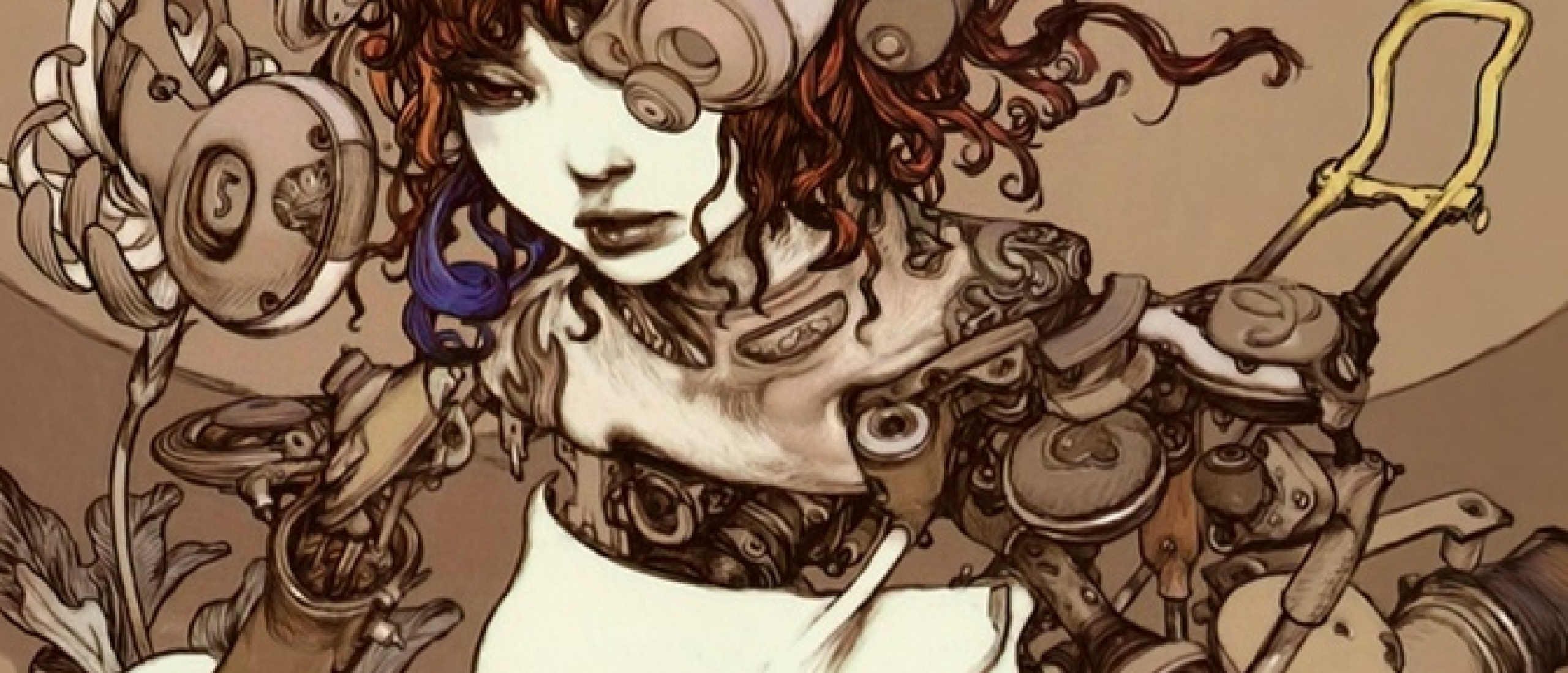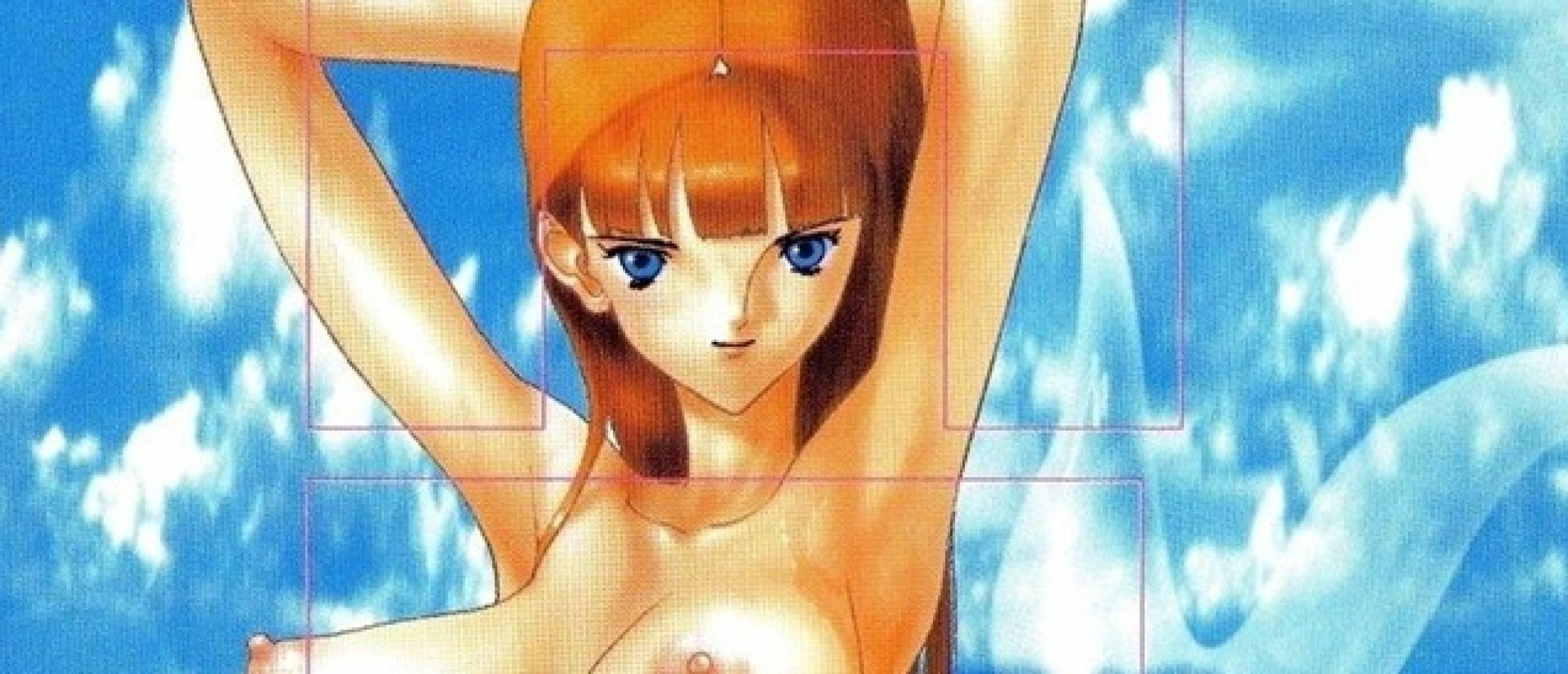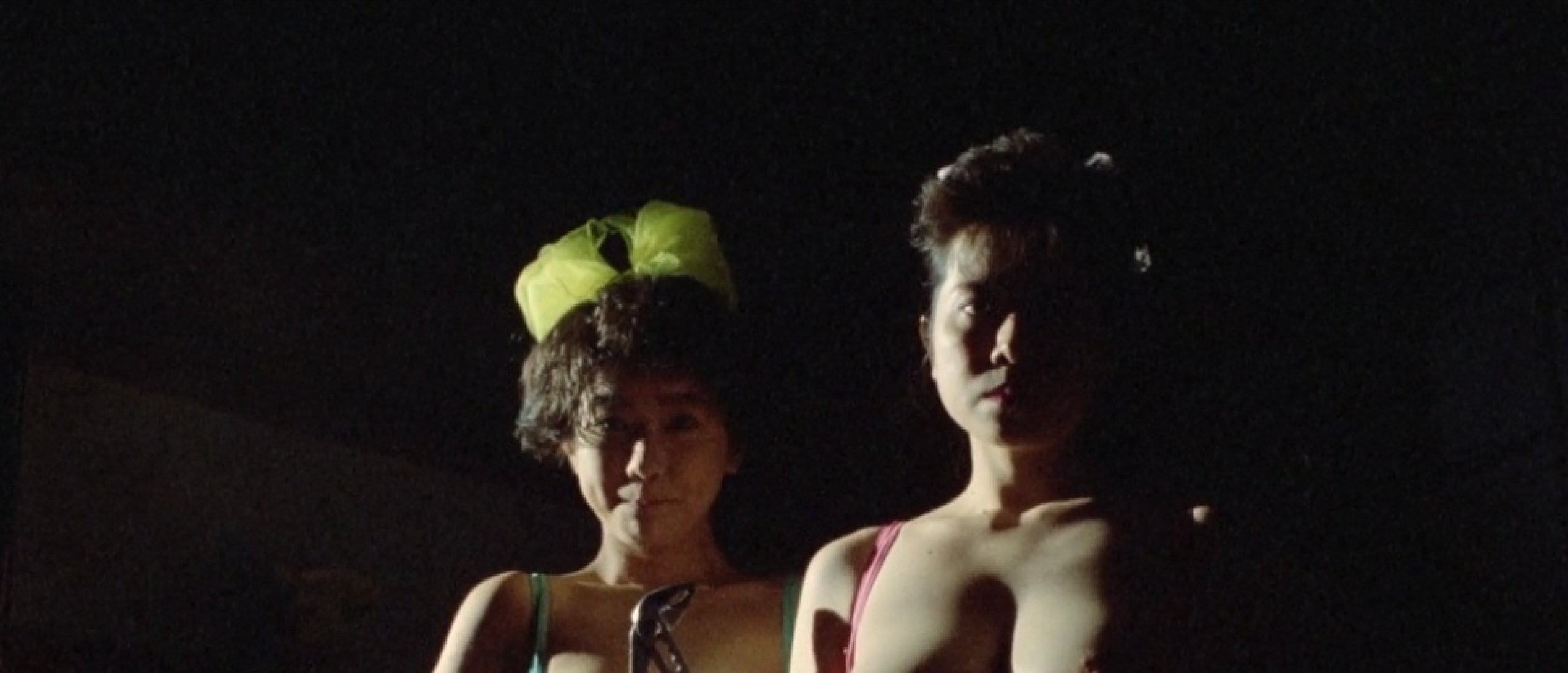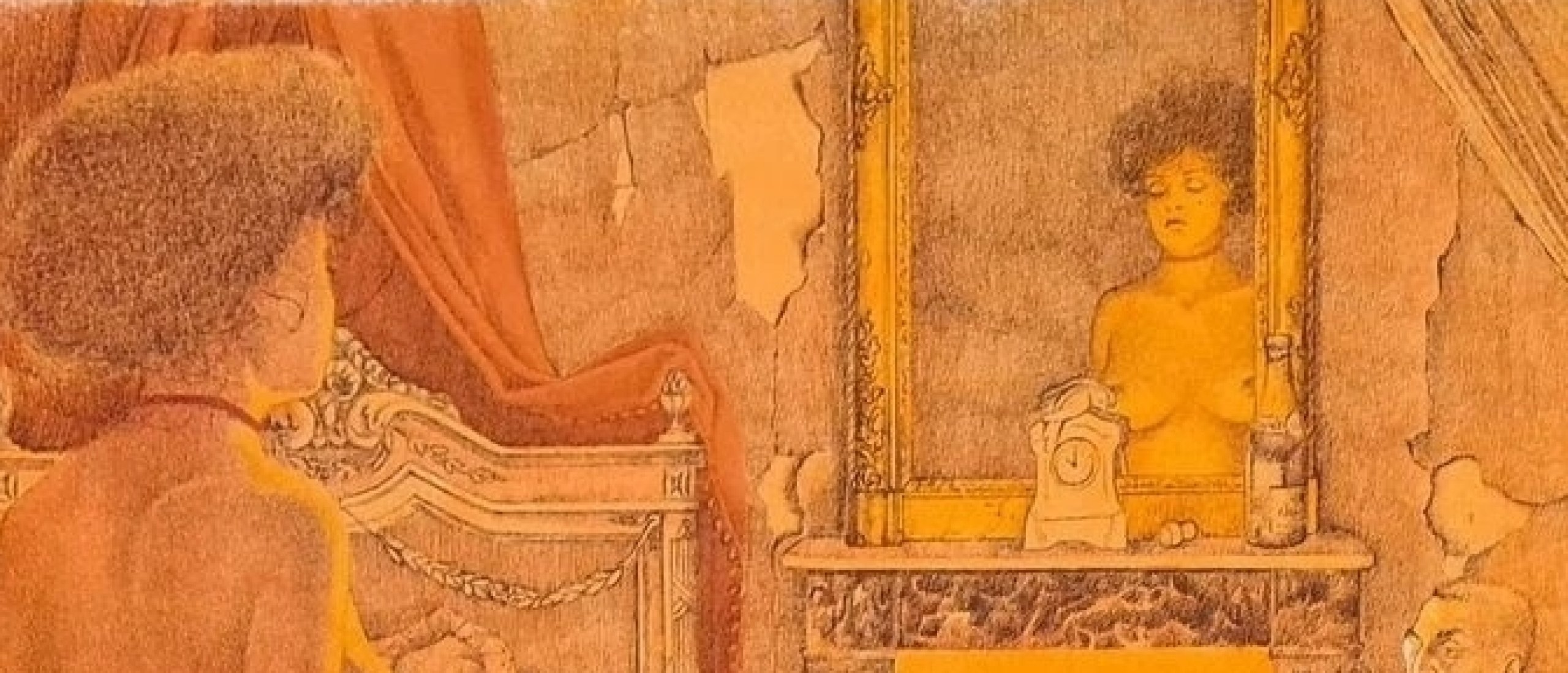
Ukiyo-e Painter Of the Showa Era: The Melancholic Eroticism Of Kazuo Kamimura's Mangas
A Unique Artistic Style
Kazuo Kamimura was born on March 7, 1940, in Yokosuka City, Kanagawa Prefecture, Japan, and graduated from Musashino Art University, dedicating himself to the world of arts. In 1967, he made his manga debut with "Kawaiko Sayuri-chan no Daraku" and soon stood out for his unique style, which combined elements of traditional Japanese art with Western influences. His stories, often set in a backdrop of decadence and luxury, explored themes such as desire, the fragility of society, and the beauty of the human body. Kazuo Kamimura developed an unmistakable artistic style, marked by elegant lines and meticulous compositions that evoke the ukiyo-e aesthetic, earning him the nickname “Ukiyo-e Painter of the Shōwa Era.” His work is often compared to that of Yumeji Takehisa, another great Japanese artist whose depictions of women also carry a melancholic beauty.
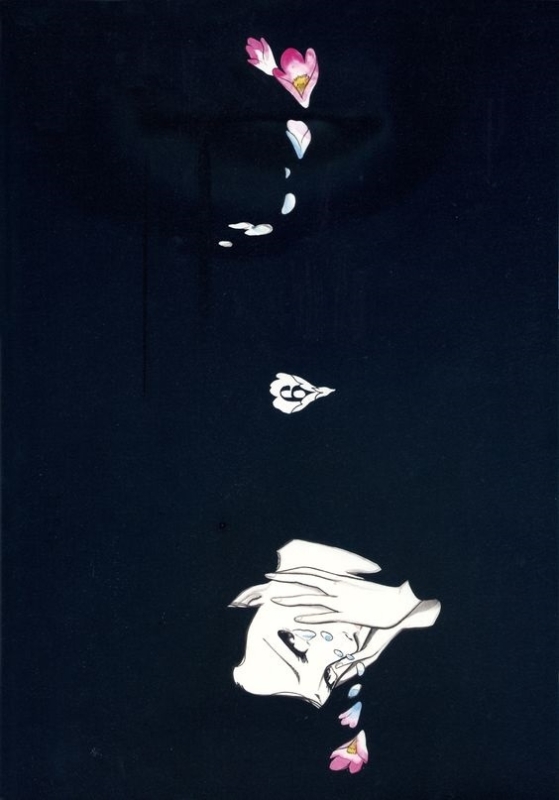
Fig.1.
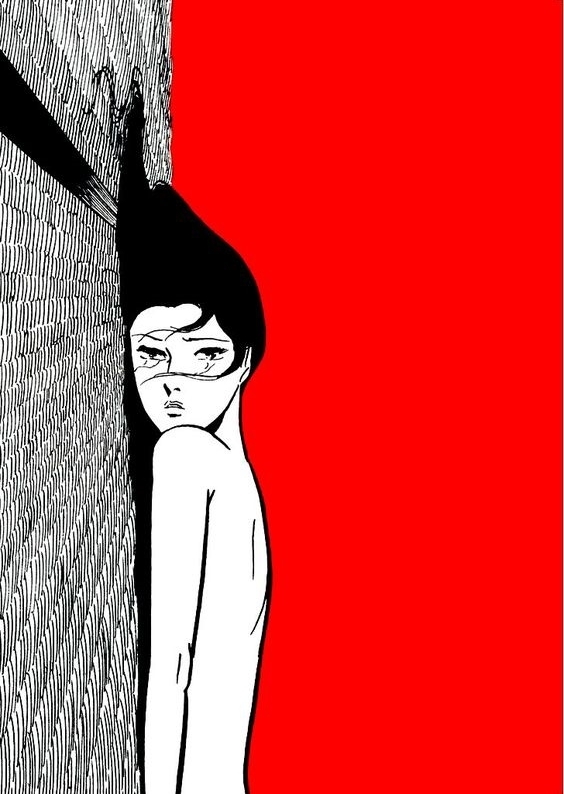
Fig.2. Shinano River manga cover
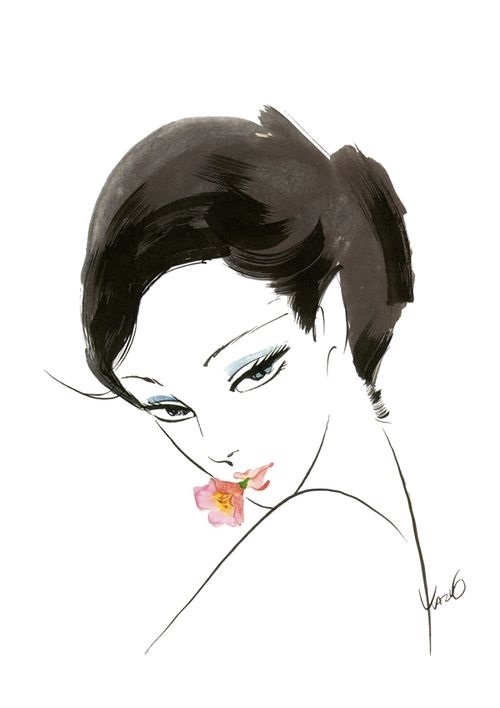
Fig.3.
Melancholy And Beauty
Kazuo Kamimura's work stands out for its sensitive and poetic approach to eroticism, which transcends mere provocation to explore the emotional complexity of the human condition. In his manga, eroticism is not treated superficially but as an integral dimension of the narrative, reflecting the deepest vulnerabilities and desires of the characters. With his drawings, he captured the melancholy and beauty of sexuality, presenting it as an intrinsic element of the human experience, paying particular attention to the depiction of his characters, especially women, who are portrayed with beauty and melancholy, seeking happiness in a world of contradictions and disappointments.
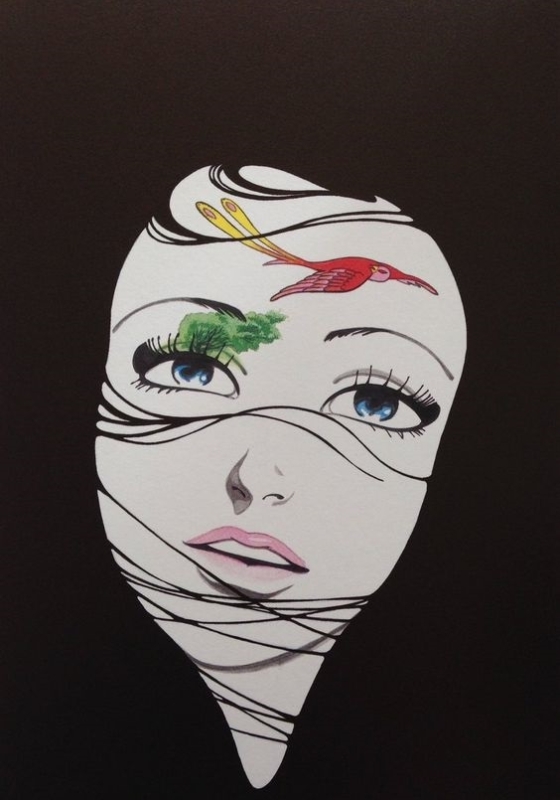
Fig.4.
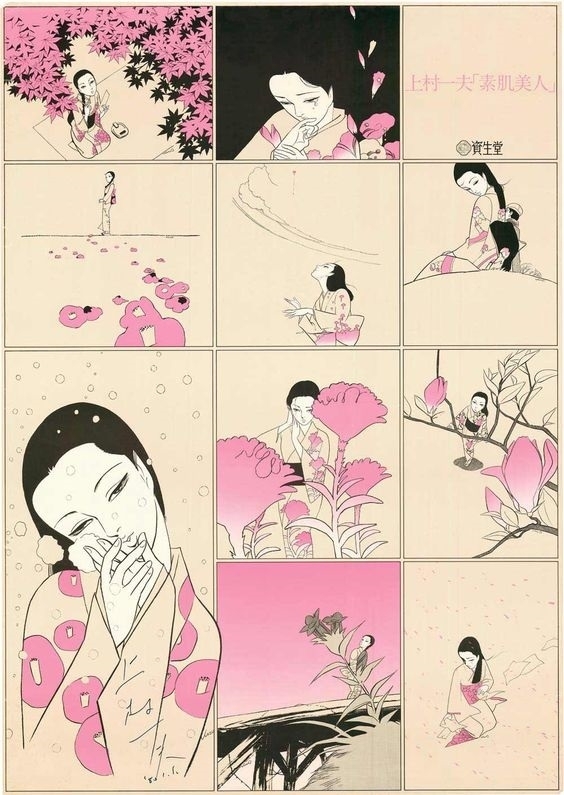
Fig.5.
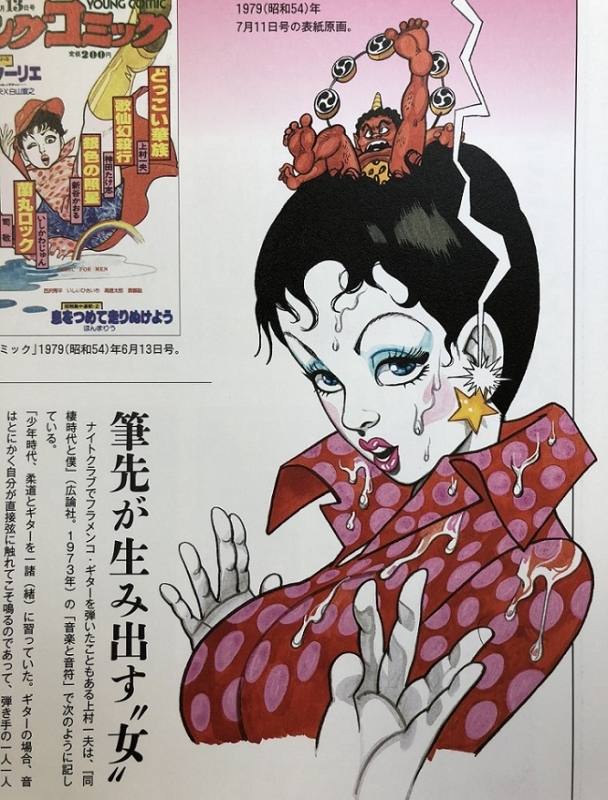
Fig.6.
Dousei Jidai (Cohabitation Era)
Works like "Dousei Jidai" and "Lady Snowblood" exemplify how Kazuo Kamimura manages to reconcile narrative construction with symbolic representation, providing readers with experiences that deviate from the norm but with which they can still identify. "Dousei Jidai" was particularly acclaimed, being described as a work that marked a new era in comic history by deeply and sensitively addressing the themes of free love and cohabitation. Set during a period of social and cultural change in Japan, the story portrays the life of a young couple who decide to live together without getting married, challenging the social norms of the time. Kazuo Kamimura explores the nuances of this relationship, from intimacy and companionship to difficulties and conflicts, offering an authentic and moving portrayal of the joys and sorrows of living together. The narrative is complemented by his delicate and expressive art, which captures the characters' emotions with almost cinematic precision. In "Dousei Jidai," eroticism is an expression of the intimacy and complexity of the relationship between the protagonists Kyōko and Jirō. Sexuality here is shown as a natural and integral part of daily life, with love scenes that are both sensual and melancholic. Kazuo Kamimura does not shy away from showing the vulnerability and fragility that accompany physical intimacy, highlighting how desire can be a force for both connection and separation. "Dousei Jidai" not only captivated readers with its engaging story but also sparked discussions about modernity and the evolution of personal relationships in Japan, cementing the artist as one of the great masters of manga, whether erotic or not.

Fig.7. "Dousei Jidai"
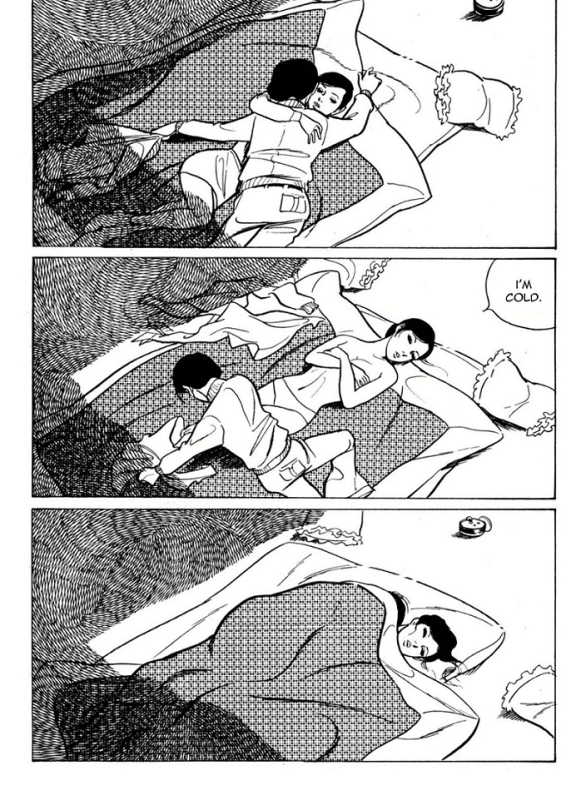
Fig.8. "Dousei Jidai"
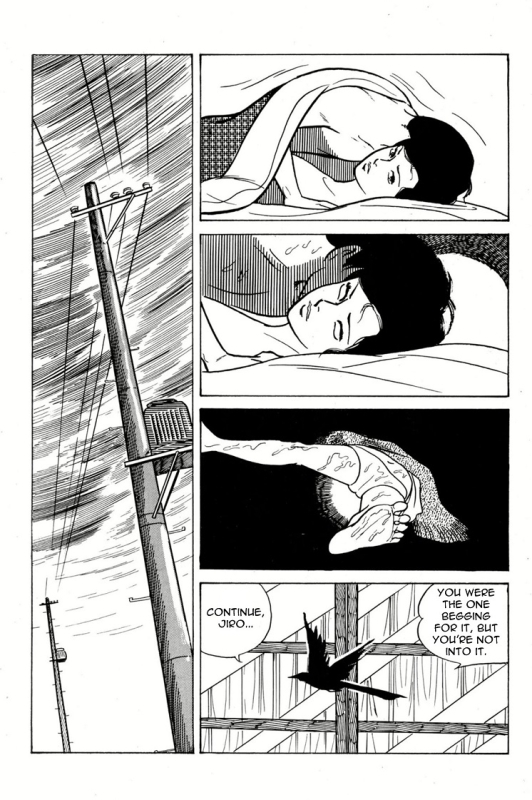
Fig.9. "Dousei Jidai"
Lady Snowblood
In "Lady Snowblood," eroticism takes on a darker, more vengeful dimension. The protagonist, Yuki, uses her beauty and sexuality as weapons in her relentless quest for revenge. Kazuo Kamimura creates a complex character whose sexuality is both a source of power and a mark of her tragic life story. The erotic scenes in "Lady Snowblood" are intense and laden with meaning, serving to deepen the narrative and reveal additional layers of character and motivation. Yuki's sexuality is not presented gratuitously but as a strategic tool she employs to achieve her goals, manipulating those who cross her path. Kazuo Kamimura uses eroticism to illustrate Yuki's duality – at once seductive and lethal, fragile and relentless. This contrast is accentuated by detailed and stylized art that captures Yuki's ethereal beauty and the brutality of her mission of revenge.
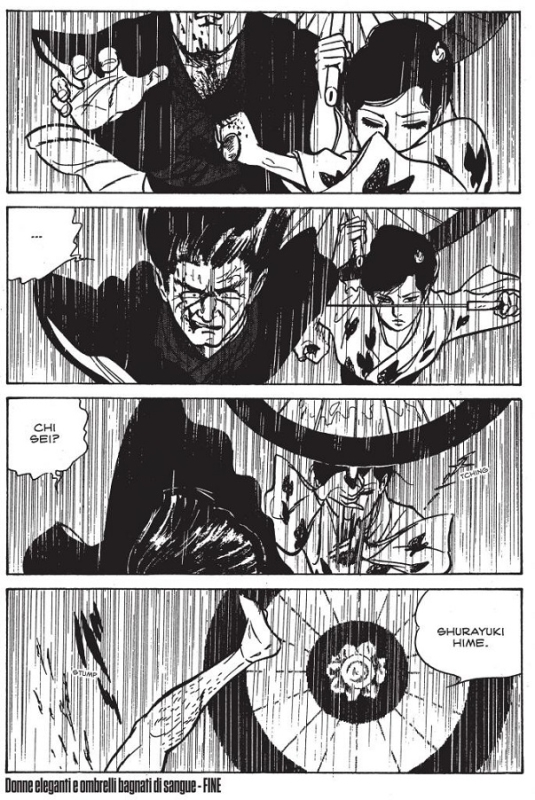
Fig.10. "Lady Snowblood"
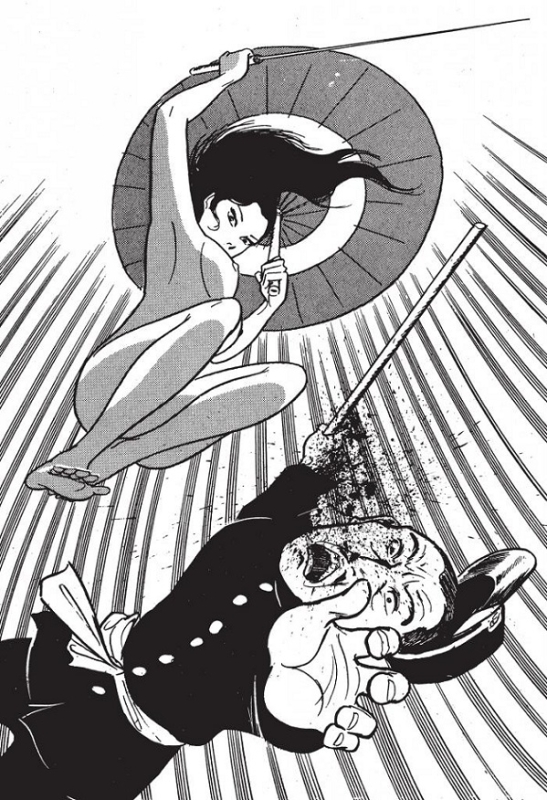
Fig.11. "Lady Snowblood"
In the deluxe Premium edition of the article more on the erotic scenes in Lady Snowblood and its influences, an extensive treatise on Kamimura's influential manga "The Flowers of Evil" (its characters, narrative layers, etc.), the cinematic eroticism in his artwork, a nice list of the artist's major manga works, 38 additional images, and much more...!
Click HERE for the sex and erotism in Hiroya Oku's groundbreaking manga Gigant

